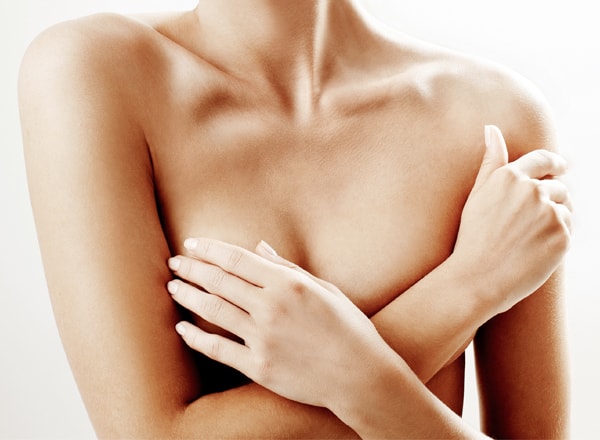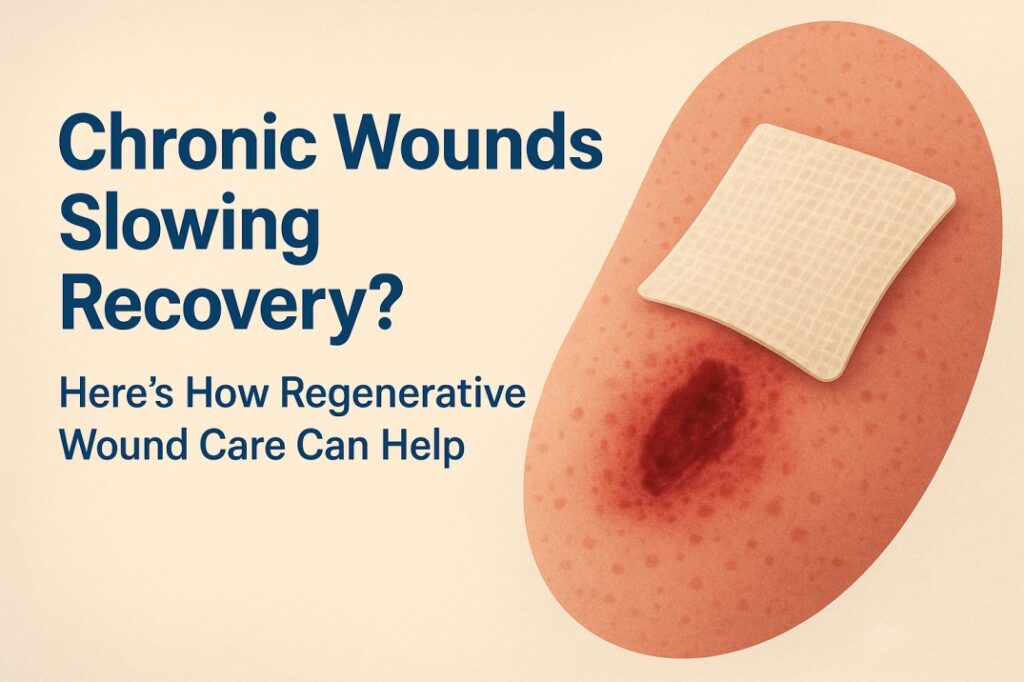Breast cancer screening in UAE: Empowering Informed Decisions for Early Detection
Promoting breast health in the United Arab Emirates involves empowering individuals with a clear understanding of their personal risk factors for breast cancer screening in UAE (فحص سرطان الثدي في الإمارات العربية المتحدة) and the various screening options available. Making informed choices about screening is a proactive step towards early detection, which significantly improves the chances of successful treatment and positive outcomes. This guide aims to clarify the factors that can influence breast cancer risk and outline the primary screening methods accessible in the UAE, enabling individuals to take charge of their breast health journey.
Identifying Your Personal Breast Cancer Risk Factors
Understanding individual risk factors is the first step in making informed decisions about breast cancer screening in the UAE. While some risk factors are beyond our control, such as age and family history, others are related to lifestyle and personal choices. Key risk factors can include:
- Age: The risk of breast cancer increases with age.
- Family History: Having a mother, sister, or daughter with breast cancer can increase your risk.
- Genetic Mutations: Certain inherited gene mutations, like BRCA1 and BRCA2, significantly elevate risk.
- Personal History: A previous diagnosis of breast cancer increases the risk of recurrence.
- Hormonal Factors: Early menstruation, late menopause, and hormone therapy can influence risk.
- Lifestyle Factors: Obesity, lack of physical activity, alcohol consumption, and smoking are associated with increased risk.
- Breast Density: Women with dense breast tissue have a slightly higher risk and mammograms may be less effective.
Identifying your personal risk profile through discussions with a healthcare provider is crucial in determining the most appropriate screening strategy and the age at which screening should commence in the UAE context, where breast cancer tends to affect women at a younger age compared to Western countries.
Primary Breast Cancer Screening Methods Available in UAE
Several effective breast cancer screening methods are available in the UAE, each with its own advantages and considerations:
Mammography: The Cornerstone of Screening
Mammography is an X-ray of the breast and remains the cornerstone of breast cancer screening for women in the UAE, particularly those aged 40 and above. It can detect small abnormalities in the breast tissue, including tumors that may be too small to feel during a self-exam or clinical breast exam. Regular mammograms can help identify breast cancer at an early, more treatable stage. Guidelines in the UAE generally recommend mammography every two years for women in the average-risk category aged 40 and older, but individual risk factors may necessitate more frequent screening or starting at an earlier age.
Clinical Breast Exam: A Physical Assessment by a Healthcare Professional
A clinical breast exam (CBE) is a physical examination of the breasts performed by a trained healthcare professional. During a CBE, the healthcare provider will feel the breasts and underarms for lumps or other changes. While CBE is an important part of a comprehensive breast health assessment, it is generally not used as the primary screening method on its own but rather in conjunction with mammography. In the UAE, CBE may be recommended annually for women starting at a younger age and as a complement to mammography for women 40 and older.
Breast Self-Exam: Becoming Familiar with Your Breasts
Breast self-examination (BSE) involves regularly checking your own breasts for any changes, such as lumps, thickening, or skin alterations. While BSE alone has not been shown to significantly reduce breast cancer mortality, it plays a vital role in breast awareness. Becoming familiar with the normal look and feel of your breasts can help you identify any unusual changes that warrant further investigation by a healthcare professional in the UAE. Women are generally encouraged to perform BSE monthly from the age of 20.
Ultrasound: A Complementary Imaging Technique
Breast ultrasound uses sound waves to create images of the breast tissue. It is often used as a follow-up test after an abnormal finding on a mammogram or CBE. Ultrasound can help determine whether a lump is solid or fluid-filled. In the UAE, ultrasound may also be used as a supplemental screening tool for women with dense breast tissue, where mammography can be less sensitive.
Magnetic Resonance Imaging (MRI): For High-Risk Individuals
Breast MRI uses powerful magnets and radio waves to create detailed images of the breast. It is typically recommended for women at high risk of breast cancer due to genetic mutations or strong family history. While MRI is highly sensitive, it is also more expensive and can have a higher rate of false positives, so its use as a screening tool in the UAE is generally reserved for high-risk individuals under the guidance of a specialist.
Choosing the Right Screening Strategy in UAE
Selecting the most appropriate breast cancer screening strategy in the UAE is a collaborative decision between an individual and their healthcare provider. Factors such as age, personal risk factors, family history, and breast density will be taken into consideration. It is essential to have an open discussion about the benefits and limitations of each screening method to make an informed choice that aligns with your individual needs and preferences.
Empowering Your Breast Health Journey in UAE
Understanding your risk factors and the available screening options in the UAE empowers you to take proactive steps towards maintaining your breast health. Regular screening, as recommended by healthcare professionals based on your individual risk profile, is a crucial tool for early detection and improved outcomes in the fight against breast cancer. By staying informed and engaging in open communication with healthcare providers, women in the UAE can confidently navigate their breast health journey.
FAQs about Breast Cancer Screening in UAE
What is the recommended age to start mammography for average-risk women in UAE? Generally, at age 40, with screening every two years.
What are the main breast cancer screening methods available in UAE? Mammography, clinical breast exam, breast self-exam, ultrasound, and MRI (for high-risk individuals).
How often should a woman perform a breast self-exam? Monthly, starting from age 20, to become familiar with her breasts.
Is ultrasound used for primary breast cancer screening? Usually as a follow-up to mammography or CBE, or as a supplemental tool for dense breasts.
Who should consider breast MRI for screening? Women at high risk due to genetic mutations or strong family history.
Why is it important to know your personal risk factors for breast cancer? It helps in determining the most appropriate screening strategy and the right time to start.
What is the key benefit of early breast cancer detection through screening? Significantly improved treatment outcomes and higher chances of successful management.









